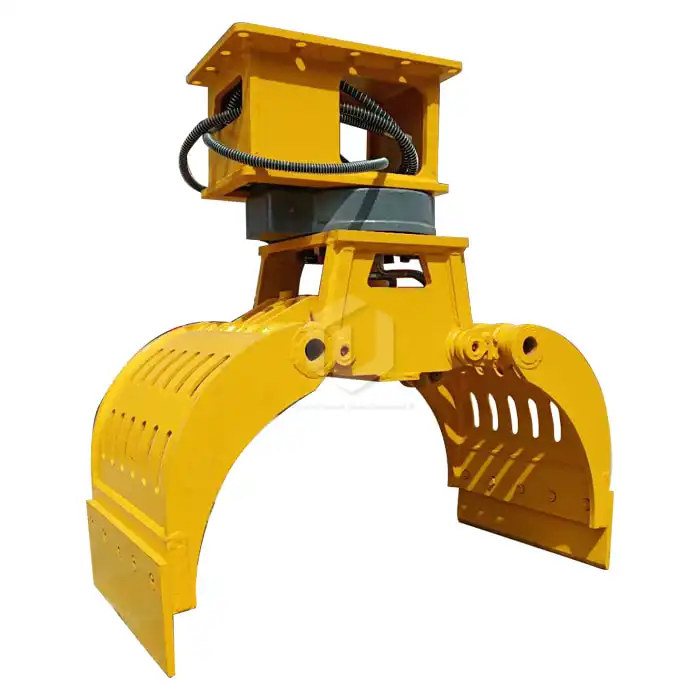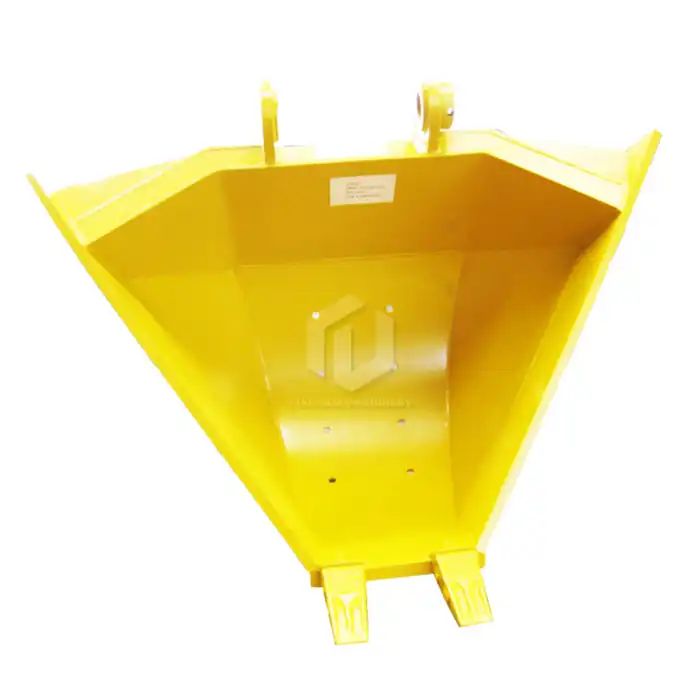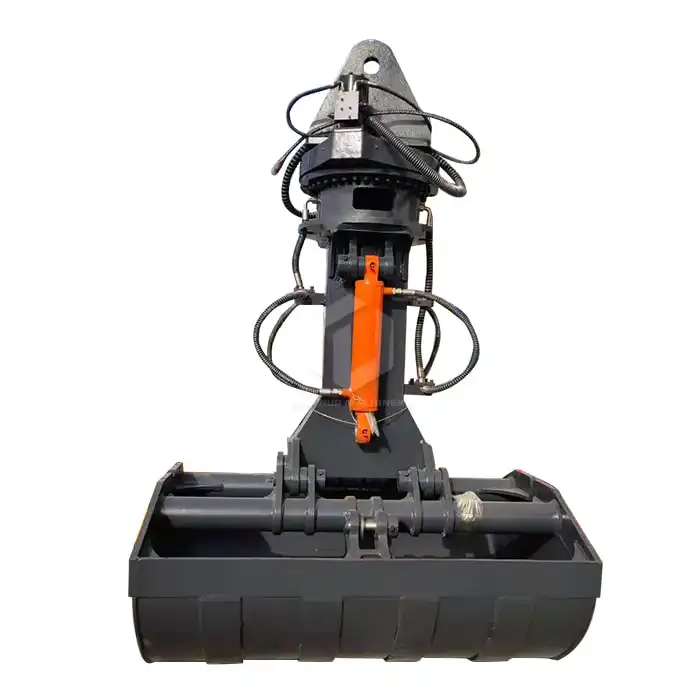Railway Sleeper Changer Quotation Trends
As we approach 2026, the railway industry continues to evolve, with railway sleeper changers playing a crucial role in maintaining and upgrading rail infrastructure. Understanding the quotation trends for these essential machines is vital for railway operators, contractors, and investors alike.

What Are the Main Price Drivers for Railway Sleeper Changers in 2026?
The pricing of railway sleeper changers is influenced by a complex interplay of factors, each contributing to the overall cost structure and market dynamics. As we look ahead to 2026, several key drivers are expected to shape the quotation landscape for these specialized machines.
Technological Advancements: One of the primary factors influencing railway sleeper changer prices is the ongoing technological evolution in the industry. Manufacturers are continuously improving their machines to enhance efficiency, productivity, and safety. Features such as advanced hydraulic systems, improved ergonomics, and integrated diagnostic tools are becoming standard, potentially driving up costs. However, these innovations also promise long-term benefits in terms of reduced operational expenses and improved performance, which may justify higher initial investments.
Raw Material Costs: The price of raw materials used in manufacturing sleeper changers, such as steel, aluminum, and various electronic components, significantly impacts the final quotation. Global economic conditions, trade policies, and supply chain disruptions can cause fluctuations in these material costs.
Environmental Regulations: As sustainability becomes an increasingly important consideration in the railway industry, manufacturers are adapting their designs to meet stricter environmental standards. This may include the integration of more fuel-efficient engines, emission reduction technologies, or even the development of hybrid or electric models. While these environmentally friendly features can increase the initial cost of railway sleeper changers, they may offer long-term savings and compliance with evolving regulations.
Labor Costs: The skilled labor required for manufacturing and maintaining railway sleeper changers is another significant price driver. As the demand for specialized technicians and engineers grows, labor costs may increase, potentially impacting the final quotation. Additionally, training costs associated with new technologies and safety protocols can contribute to higher prices.
How Do Supply Chain Dynamics Influence Sleeper Changer Pricing?
The global supply chain plays a crucial role in determining the availability and pricing of railway sleeper changers. As we look towards 2026, several supply chain factors are expected to influence quotations:
Global Manufacturing Networks: Many railway sleeper changer manufacturers operate within complex global supply networks. Disruptions in one part of the world can have ripple effects on production and pricing worldwide. For instance, shortages of semiconductors or specialized components can lead to production delays and increased costs. Companies with diversified supply chains and local manufacturing capabilities may be better positioned to mitigate these risks and offer more stable pricing.
Transportation Costs: The cost of shipping railway sleeper changers from manufacturing facilities to end-users can significantly impact the final quotation. Fluctuations in fuel prices, shipping container availability, and international transportation regulations all play a role. In 2026, ongoing efforts to optimize logistics and reduce carbon footprints may influence transportation strategies and costs.
Inventory Management: Effective inventory management is crucial for maintaining competitive pricing in the sleeper-changer market. Manufacturers must balance the need to have machines readily available with the costs associated with storing and maintaining inventory. Just-in-time manufacturing approaches can help reduce inventory costs but may also increase vulnerability to supply chain disruptions. The industry's approach to inventory management in 2026 will likely reflect lessons learned from recent global events and may impact pricing strategies.
Supplier Relationships: The strength and stability of relationships between railway sleeper changer manufacturers and their suppliers can significantly influence pricing. Long-term partnerships often lead to more favorable terms and greater price stability. In 2026, we may see an increased focus on nurturing these relationships to ensure a reliable supply of components and materials at competitive prices.
Global Market Outlook: Price Fluctuations and Demand Trends
As we consider the global market outlook for railway sleeper changers in 2026, several factors are likely to influence price fluctuations and demand trends:
Infrastructure Investment: Government initiatives and private sector investments in railway infrastructure renewal and expansion projects are key drivers of demand for railway sleeper changers. Countries with aging rail networks or those implementing high-speed rail projects are likely to see increased demand, potentially leading to price pressures in certain regions. For example, continued investment in rail infrastructure in emerging economies may create new market opportunities and influence global pricing trends.
Technological Competition: As the railway industry embraces digitalization and automation, competition among railway sleeper changer manufacturers is intensifying. This competition can lead to innovation-driven price fluctuations, with some manufacturers potentially offering more advanced features at competitive prices to gain market share. Buyers may benefit from this competition, but it's essential to carefully evaluate the long-term value proposition of different models.
Currency Exchange Rates: For international buyers, currency exchange rate fluctuations can significantly impact the effective price of railway sleeper changers. Economic policies, geopolitical events, and global market conditions can all influence exchange rates. In 2026, buyers should carefully consider currency risks and potentially explore hedging strategies when negotiating long-term contracts or making significant purchases.
Maintenance and After-Sales Services: The total cost of ownership extends beyond the initial purchase price. Manufacturers are increasingly focusing on providing comprehensive maintenance packages and after-sales services. While these services may increase the upfront quotation, they can offer long-term cost savings and improved machine reliability. Buyers should consider these factors when evaluating quotations and comparing different offerings.
Railway Sleeper Changer Quotation
To navigate this complex landscape successfully, stakeholders should maintain open communication with manufacturers, stay informed about industry trends, and consider the broader implications of their investment decisions. By doing so, they can ensure that their sleeper changer acquisitions in 2025-2026 and beyond contribute to the ongoing modernization and efficiency of rail networks worldwide.
To learn more information about railway sleeper changer quotation, contact Tiannuo Machinery:
- Railway operation walking mode: Power wheel convertible freewheel mode
- Standard bucket capacity: 0.3m³
- Sleeper clip opening: <650mm
- Maximum excavating force: 50KN
- Rotation angle: 360°
- Track gauge: 1610mm
- Maximum digging radius: 6340mm
- Can walk range: Normal road surface and railway line
If you are choosing your sleeper changer manufacturer, welcome to contact Our manager's email is arm@stnd-machinery.com and the team's emails are rich@stnd-machinery.com and tn@stnd-machinery.com.
References
- Railway Technology. (2023). "Innovations in Railway Maintenance Equipment."
- World Bank. (2023). "Commodity Markets Outlook."
- International Railway Journal. (2023). "Sustainable Railway Maintenance: Trends and Challenges."
- McKinsey & Company. (2023). "The Future of Work in the Rail Industry."
- Supply Chain Management Review. (2023). "Global Supply Chain Trends in Heavy Machinery."
- Transport Topics. (2023). "Logistics Challenges in the Railway Equipment Industry."

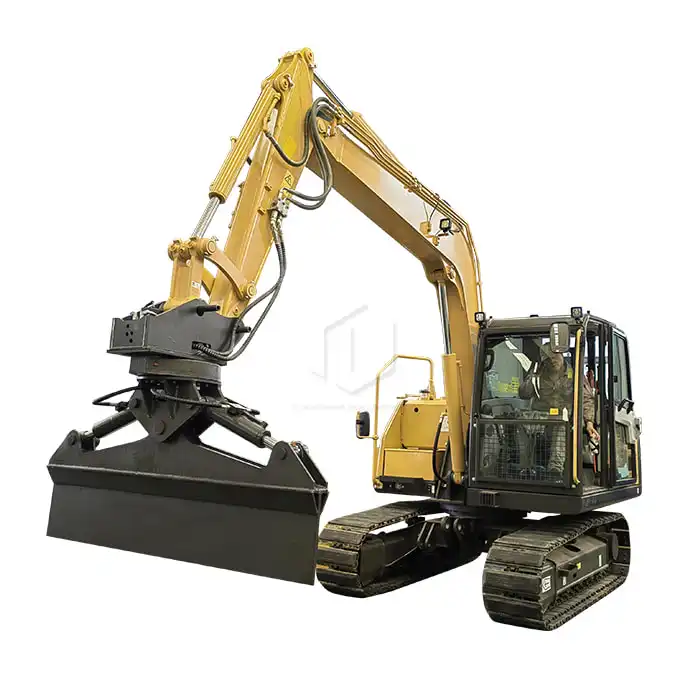
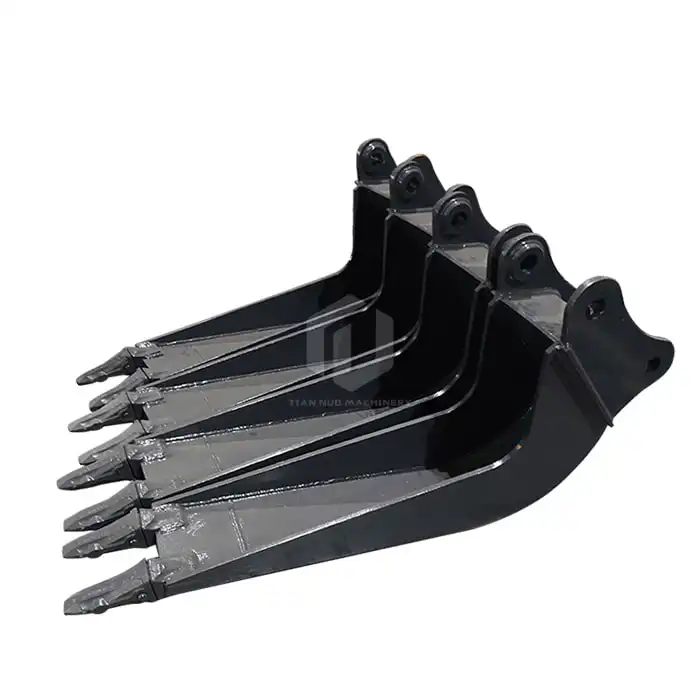
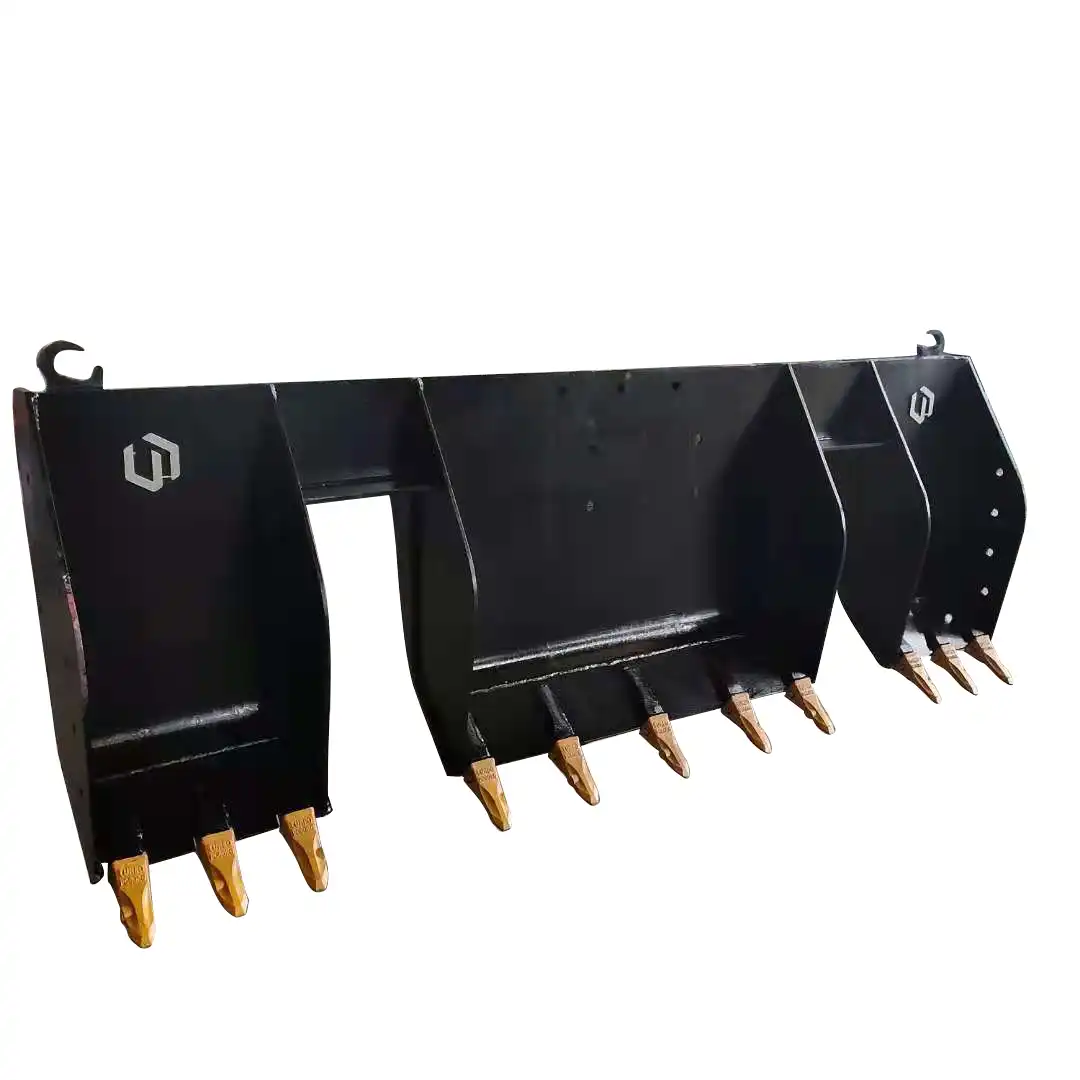
_1733877348138.jpg)

